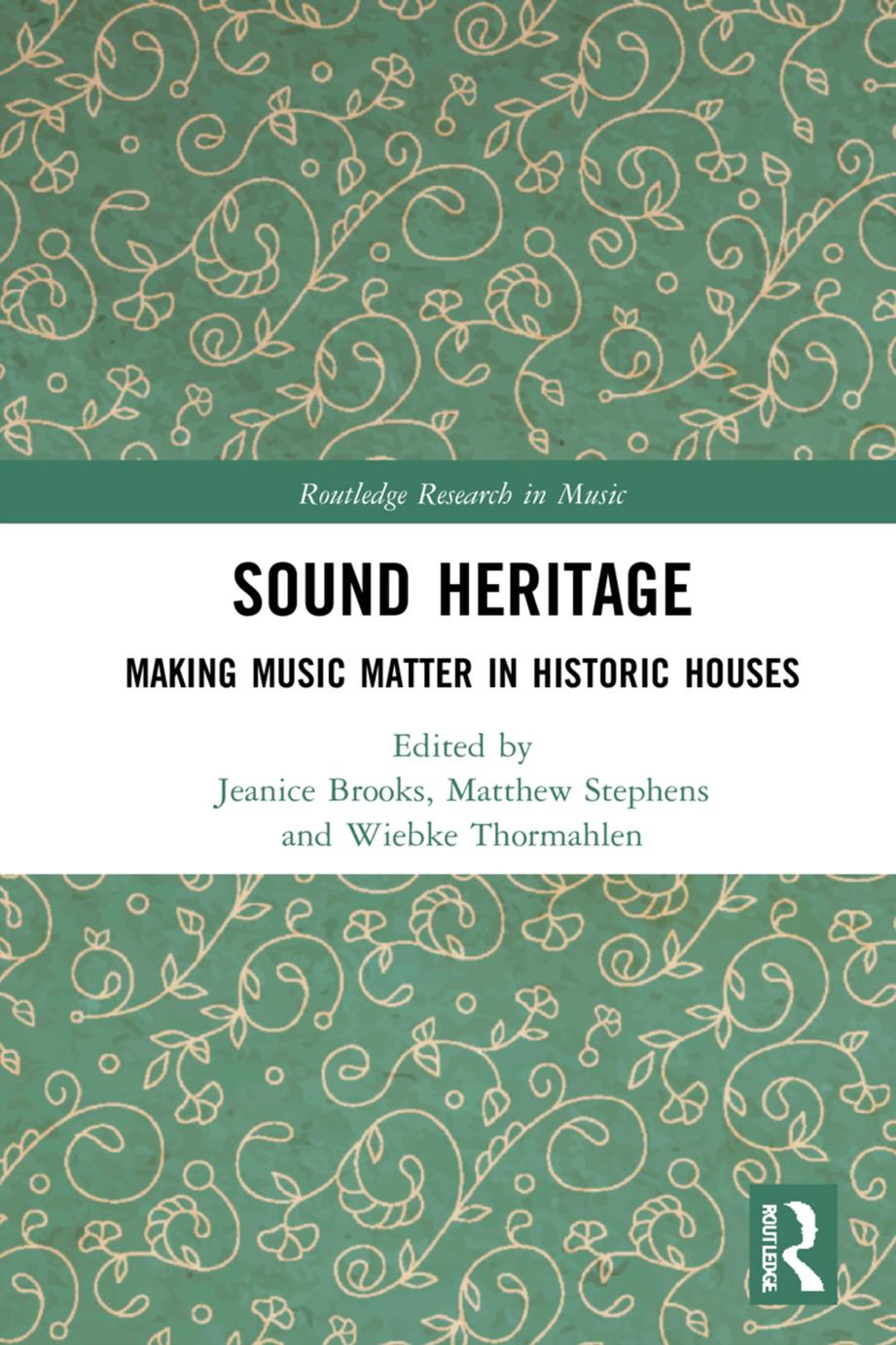

Most ebook files are in PDF format, so you can easily read them using various software such as Foxit Reader or directly on the Google Chrome browser.
Some ebook files are released by publishers in other formats such as .awz, .mobi, .epub, .fb2, etc. You may need to install specific software to read these formats on mobile/PC, such as Calibre.
Please read the tutorial at this link: https://ebookbell.com/faq
We offer FREE conversion to the popular formats you request; however, this may take some time. Therefore, right after payment, please email us, and we will try to provide the service as quickly as possible.
For some exceptional file formats or broken links (if any), please refrain from opening any disputes. Instead, email us first, and we will try to assist within a maximum of 6 hours.
EbookBell Team

4.8
34 reviewsThe volume is structured around a selection of thematic chapters and a series of shorter case studies, each focusing on a specific house, object or project. Key themes include:
• Different types of historic house, including the case of the composer or musician house; what can be learned from museums and galleries about the use of sound and music and what may not transfer to the historic house setting
• Musical instruments as part of a wider collection; questions of restoration and public use; and the demands of particular collection types such as sheet music
• Musical objects and pieces of music as storytelling components, and the use of music to affectively colour narratives or experiences.
This is a pioneering study that will appeal to all those interested in the intersection between Music and Museum and Heritage Studies. It will also be of interest to scholars and researchers of Music History, Popular Music, Performance Studies and Material Culture.